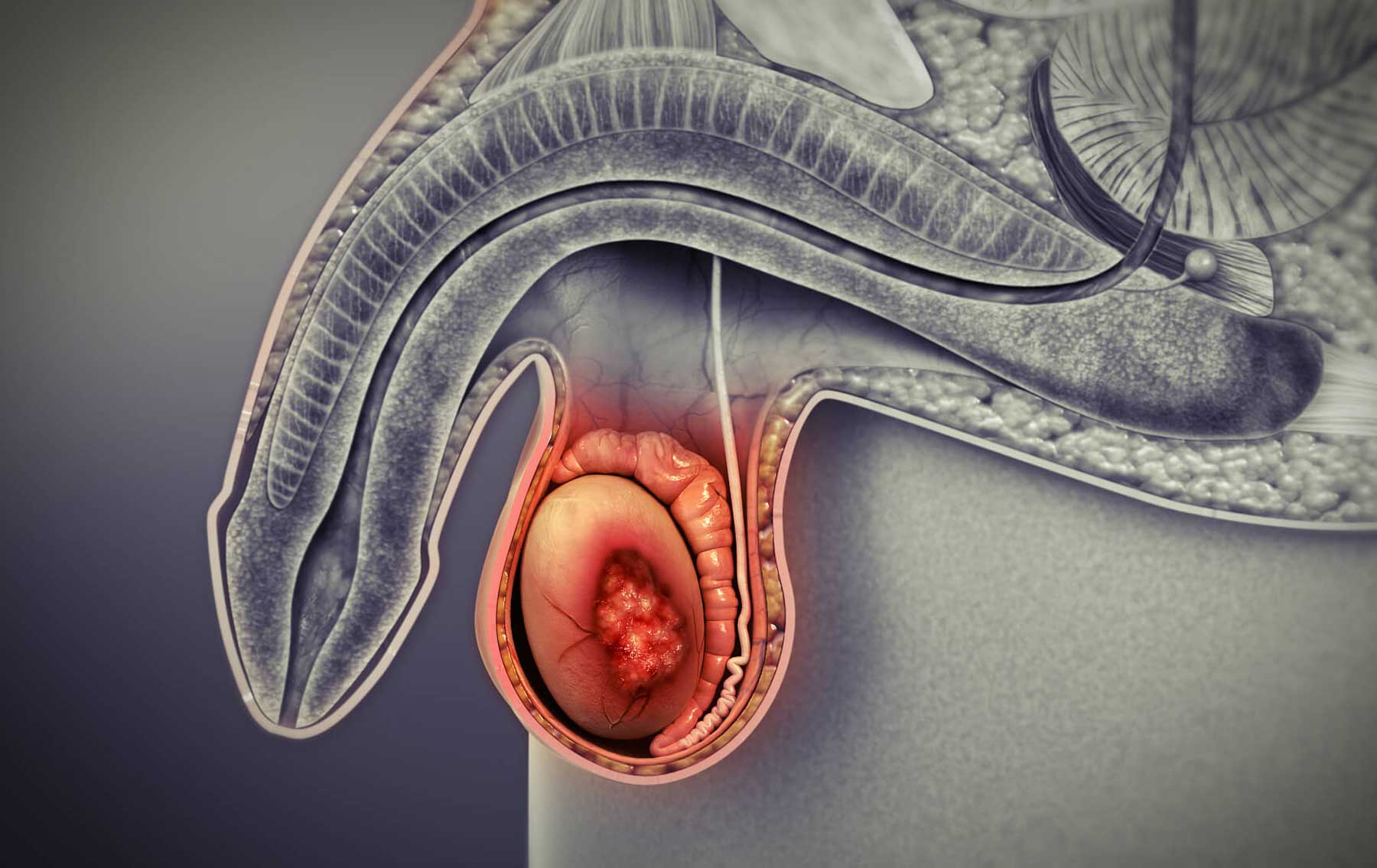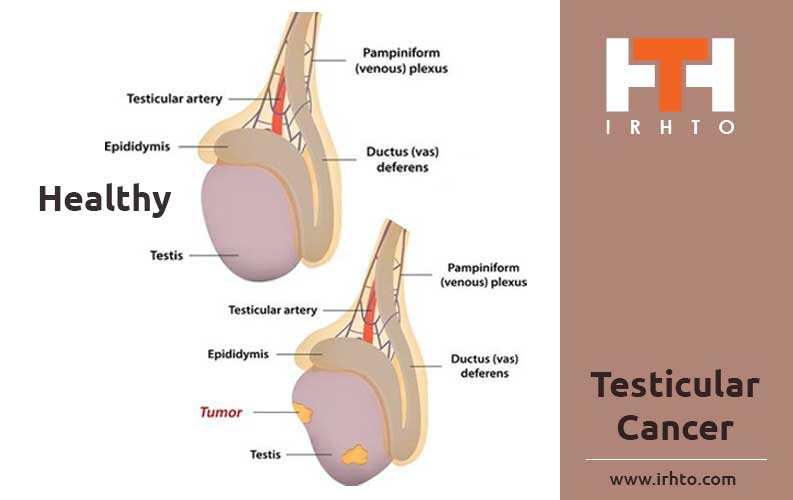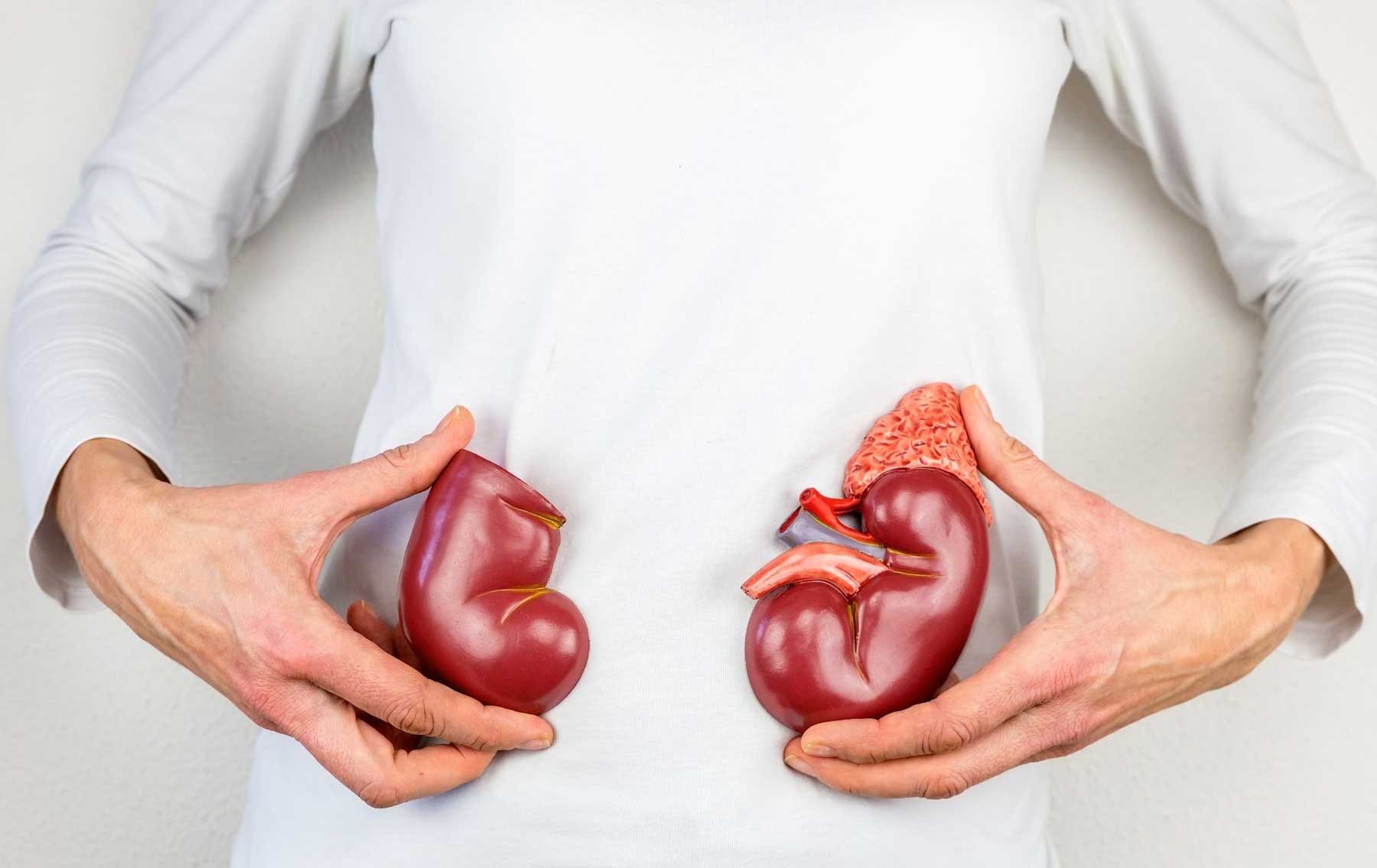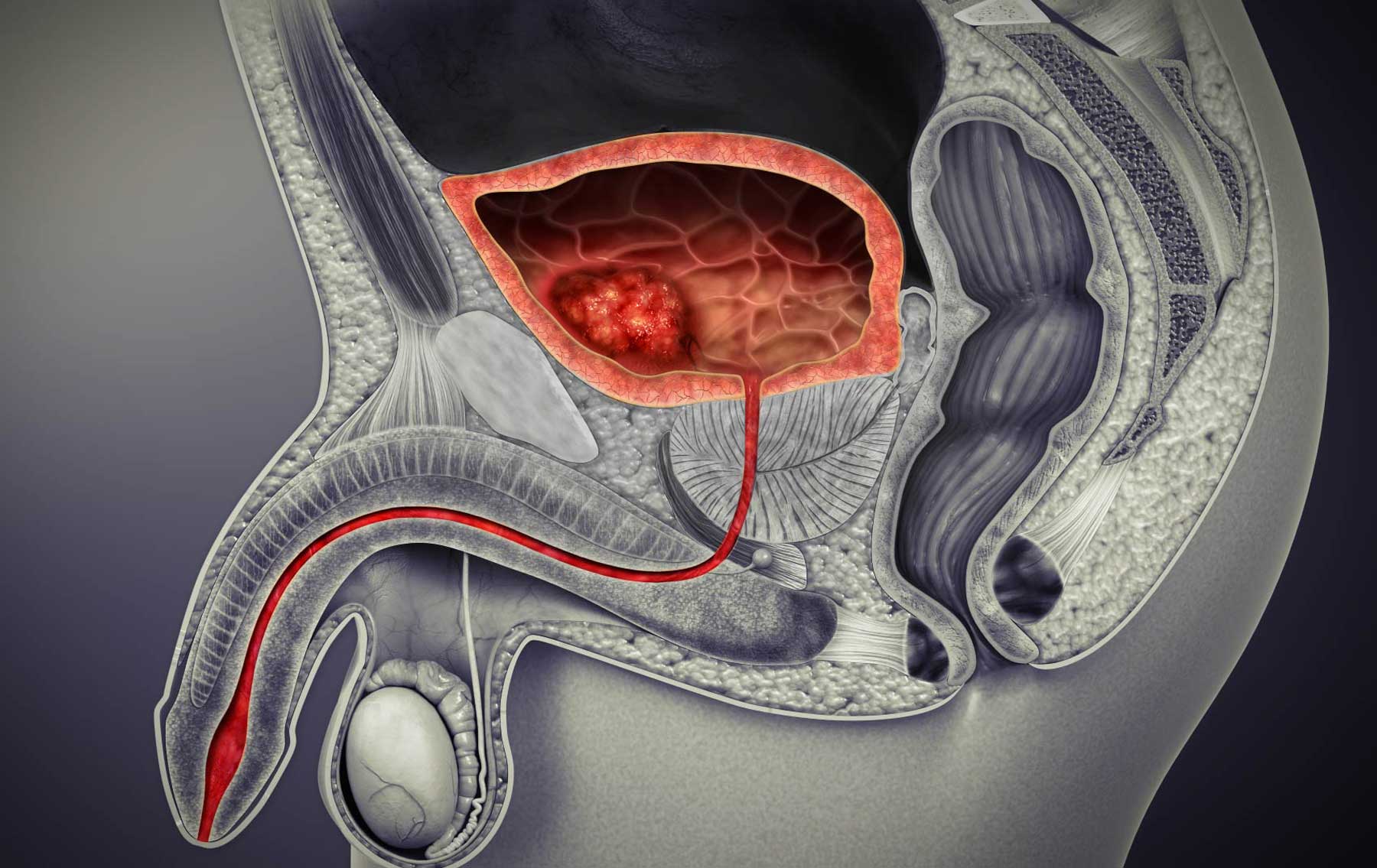kidney cancer (or renal cancer) Cancer is caused by malignant (cancerous) cells that grow and…

Testicular Cancer
Testicular cancer is the uncontrolled growth of abnormal cells in one or both testicles (testes). The testicles are the male sex glands. They are located in the scrotum, behind the penis. They produce testosterone and other male hormones. The testicles also produce and store sperm, the male cells needed for reproduction.
Once testicular cancer develops, it can remain within the testicle, or it can spread to lymph nodes in the abdomen or pelvis. If it is not detected and treated, testicular cancer eventually can spread to the lungs, brain, liver, and other parts of the body. Certain types of testicular cancer are more likely to spread than others. Sometimes the cancer will have already spread at the initial time of diagnosis.
Risk factors
- Age. Most testicular cancer patients are between the ages of 20 and 40. Though testicular cancer accounts for a very small percentage of all cancer cases in men, it is the most common cancer in younger men.
- Race. Testicular cancer is more common in white men than in black men.
- Men who had an undescended testicle as infants have an increased risk for testicular cancer. (An undescended testicle is one that remains in the abdomen or groin instead of moving normally into the scrotum before or soon after birth.)
- Men who have cancer in one testicle have a small lifetime risk of developing it in the other one, whether or not they had an undescended testicle.
- close relatives who have had testicular cancer
- an undeveloped testicle
- been diagnosed as HIV positive
- certain genetic conditions, such as Down syndrome or Klinefelter syndrome.
- mumps infection of the testicle
- maternal exposure to diethylstilbestrol (DES), a drug previously prescribed to help treat nausea and vomiting during pregnancy
- exposure to Agent Orange.
Sometimes, testicular cancer is found when a man is being evaluated for infertility.
Treatments
Treatment depends on the patient’s overall health, the type of testicular cancer, and its stage, a measure of how far the cancer has spread. The stages of testicular cancer are
- Stage I. Cancer is found only in the testicle.
- Stage II. Cancer has spread to nearby lymph nodes in the abdomen or pelvis.
- Stage III. Cancer has spread to the lungs, brain, liver, or other parts of the body. Or, cancer has spread to nearby lymph nodes and levels of tumor-marker proteins in the blood are quite high.
- Cancer has returned after treatment.
The treatment for all types and stages of testicular cancer is to remove the testicle. During this procedure, the surgeon removes the testicle through an incision in the groin. Both before the surgery and a few weeks afterward, blood tests will be done to measure levels of tumor markers. Some men will need additional surgery to see whether the cancer has spread to lymph nodes in the abdomen or pelvis.
After surgery, the treatment of testicular cancer depends on the cancer’s stage. Some men will need only regular monitoring. This is called active surveillance. It’s mandatory that the patient return on a very regular basis if this approach is used.
However, most men will need additional treatment, such as radiation or chemotherapy. Radiation can be directed at the lymph nodes to destroy any bits of cancer that can’t be seen. Radiation therapy is often used in the treatment of seminomas.
Chemotherapy is used when cancer has spread beyond the testicle. It can also help keep the cancer from coming back. Typically, seminomas don’t require chemotherapy. But it may be used in special circumstances.
In general, patients with seminomas often receive radiation therapy. Radiation therapy doesn’t work as well in patients with non-seminomas. Instead, they tend to undergo surgery to remove cancerous masses after the removal of the testicle and chemotherapy.
After treatment, regular follow-up exams are critical to make certain that the cancer is gone. For the first two years, a man is examined every one to two months. Blood tests, x-rays and CT scans are also done. After that, physical exams and blood tests are done a little less often, with x-rays happening only once or twice a year.
Review your treatment options with an expert in the treatment of testicular cancer. Make sure you understand all of the choices before making a treatment decision.
https://www.health.harvard.edu/a_to_z/testicular-cancer-a-to-z
Photo from: sciencemission.com




